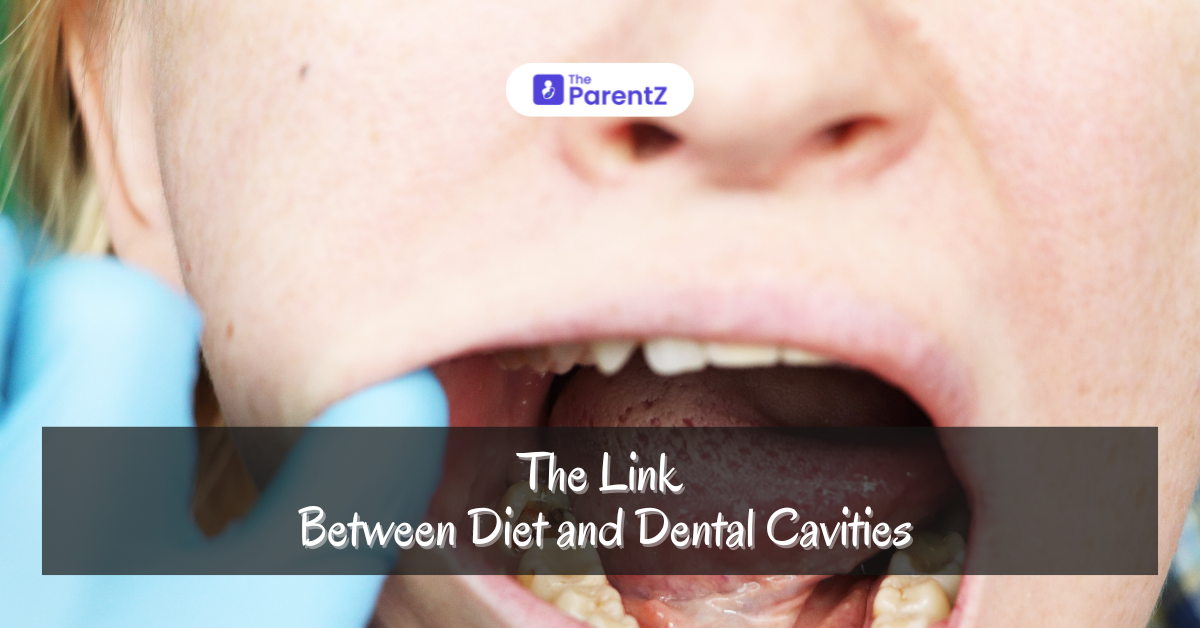Dental cavities, or caries, are one of the most common chronic diseases affecting individuals worldwide. The interplay between diet and dental health is complex, with dietary habits playing a significant role in the development of caries. This article delves into the relationship between diet and dental cavities, highlighting key findings from various caries studies.
Understanding Dental Caries
Dental caries result from the demineralization of tooth enamel and dentin due to acids produced by bacterial fermentation of dietary sugars. The primary bacteria involved are *Streptococcus mutans* and *Lactobacilli*, which thrive in acidic environments. When these bacteria metabolize sugars, they produce lactic acid, which lowers the pH in the mouth, leading to the demineralization of the tooth structure.
The Role of Diet in Caries Development
1. Sugar Consumption:
The most well-established link between diet and dental caries is sugar consumption. Fermentable carbohydrates, especially sucrose, are a significant factor in caries development. Studies have consistently shown a positive correlation between high sugar intake and an increased risk of caries. The Vipeholm Study, conducted in Sweden in the 1940s and 1950s, was a landmark investigation that demonstrated the cariogenic potential of different types and frequencies of sugar consumption. The study found that the frequency of sugar intake had a more substantial impact on caries development than the total amount consumed.
2. Acidic Foods and Beverages:
In addition to sugars, acidic foods and beverages can contribute to dental erosion and increase the risk of caries. Frequent consumption of acidic drinks, such as soft drinks, fruit juices, and sports drinks, can lower the pH in the oral cavity, promoting an environment conducive to enamel demineralization.
3. Protective Foods:
Some foods have protective effects against caries. Dairy products, for example, are rich in calcium and phosphate, which can help remineralize enamel. The consumption of cheese, in particular, has been shown to increase saliva flow and buffer plaque acid, reducing the risk of caries. Studies have also suggested that fibrous foods, like fruits and vegetables, can stimulate saliva production, which helps neutralize acids and cleanse the mouth.
Key Caries Studies and Findings
1. The Hopewood House Study:
This study observed the dental health of children living in a home where they were provided with a low-sugar, whole-food diet. Compared to children in the general population who consumed a typical diet high in refined sugars, the Hopewood House children had significantly lower caries prevalence, highlighting the protective effect of a low-sugar diet.
2. The Turku Sugar Studies:
Conducted in Finland, these studies explored the effects of substituting sucrose with xylitol, a non-fermentable sugar alcohol. The results demonstrated a substantial reduction in caries incidence among participants who consumed xylitol instead of sucrose. This finding led to the widespread use of xylitol in dental products as a cariostatic agent.
3. The Diet and Caries Study in Vipeholm:
As mentioned earlier, the Vipeholm Study provided critical insights into the relationship between sugar consumption frequency and caries development. It showed that sticky and slowly dissolving sugary foods posed a higher risk than liquid or easily dissolvable sugars, due to their prolonged retention in the mouth.
4. The Study on Early Childhood Caries (ECC):
ECC is a severe form of caries affecting young children, often linked to improper feeding practices, such as frequent consumption of sugary liquids from bottles. Studies have shown that children with a high frequency of sugar exposure, particularly from bottles or sippy cups, have a higher risk of developing ECC.
Recommendations for Caries Prevention
Based on the evidence from various studies, several dietary recommendations can be made to reduce the risk of dental caries:
1. Limit Sugar Intake: Reducing the frequency and amount of sugar consumption is crucial. Opt for non-cariogenic sweeteners like xylitol.
2. Consume Protective Foods: Include dairy products, fibrous fruits, and vegetables in the diet to promote oral health.
3. Avoid Frequent Snacking: Frequent eating can maintain a low pH in the mouth, favoring demineralization.
4. Stay Hydrated: Drinking water helps maintain saliva flow, which is essential for neutralizing acids and providing minerals for remineralization.
5. Regular Dental Visits: Professional dental cleanings and fluoride treatments can help protect against caries.
Caries Process
Caries Process: Host, Microflora, and Diet Interaction
1. Host Factors:
– Tooth Surface: Enamel and dentin
– Saliva: Flow rate, buffering capacity, and mineral content
2. Microflora:
– Cariogenic Bacteria: Streptococcus mutans, Lactobacilli
– Bacterial Metabolism: Fermentation of sugars leading to acid production
3. Dietary Factors:
– Fermentable Carbohydrates: Sugars and starches
– Frequency and Amount of Intake
Process Flow
1. Consumption of Fermentable Carbohydrates: Sugars are ingested.
2. Bacterial Metabolism: Bacteria in the dental plaque metabolize sugars, producing acids.
3. Acid Production: The acids lower the pH in the mouth.
4. Demineralization: If the pH drops below 5.5, demineralization of enamel occurs.
5. Remineralization: With adequate saliva and fluoride, minerals can be redeposited in enamel.
6. Caries Formation: If demineralization outweighs remineralization, caries develop.
Conclusion
A healthy diet is crucial for preventing cavities in children. By limiting sugary snacks and choosing nutritious foods, you can protect your child’s teeth and set the stage for a lifetime of good oral health. Start making smart choices today for a brighter smile tomorrow.








Be the first one to comment on this story.